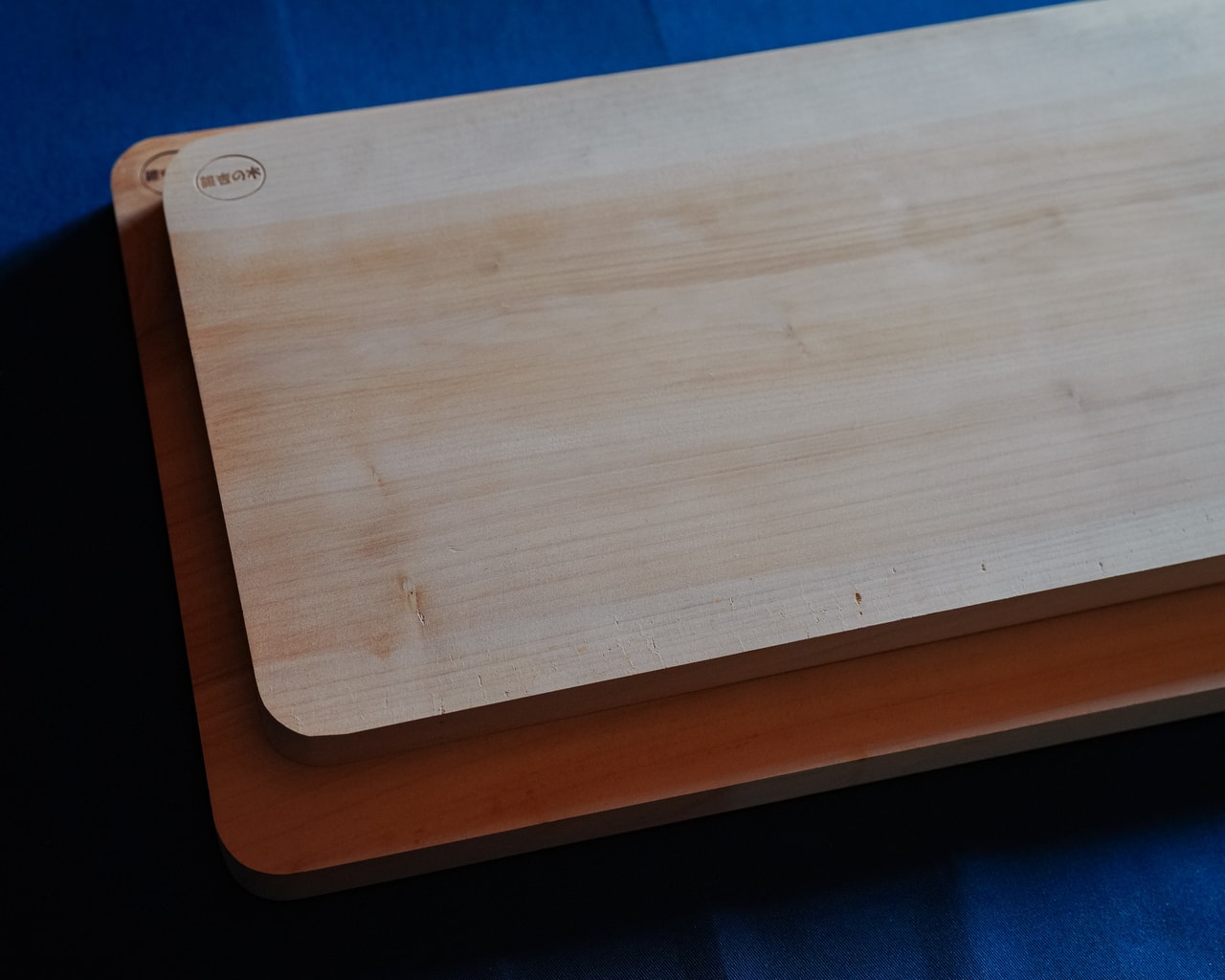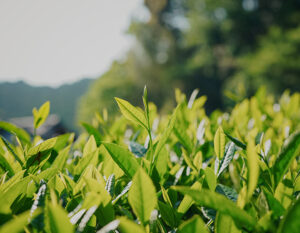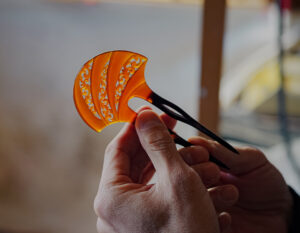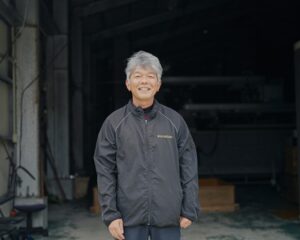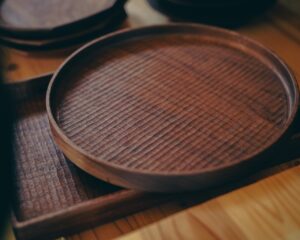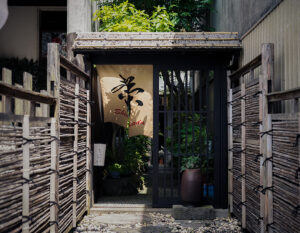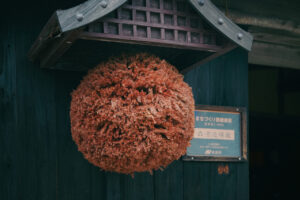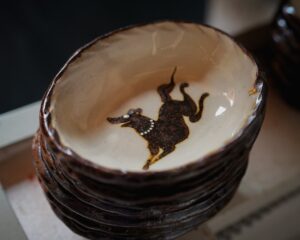We want to make cutting boards that will carry on the “taste of home” at home.
Morinaga Zaimokuten, located in Minamishimabara City, Nagasaki Prefecture, is a lumber store that makes high-quality cutting boards and other products with this in mind.
Using ginkgo wood that has characteristics suitable for kitchen work,
the cutting board carefully made by a lumber dealer who knows wood well and takes time and effort is highly evaluated by professionals.
Cutting boards are indispensable for daily cooking. There are various materials such as plastic, rubber, and wood, but ginkgo wood, in particular, has long been considered the most suitable wood for cutting boards, and is used by professional cooks. We visited Morinaga Zaimokuten, which makes cutting boards from ginkgo trees grown in Kyushu, which are also familiar as sacred trees.
Characteristics of Ginkgo Cutting Boards
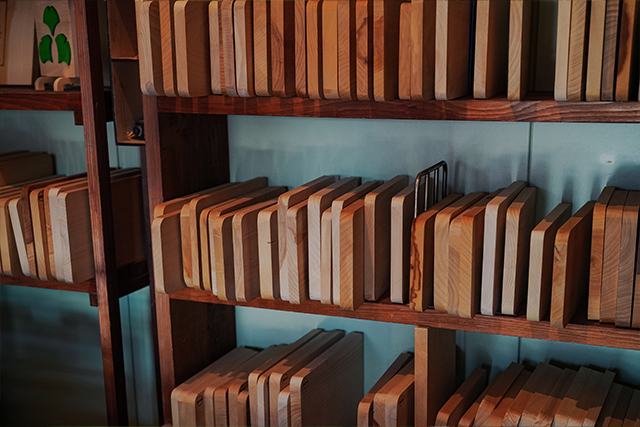
Professional chefs and cooks love to use this wooden cutting board. Hinoki (Japanese cypress) with its high antibacterial effect, hoo (Japanese pampas grass) with its good drainage, willow with its elasticity, and hiba (cypress) with its durability have long been used as materials for cutting boards, but ginkgo wood is most often chosen because of its good balance of all the characteristics. Ginkgo wood cutting boards have the following three main characteristics.
No spilling of the blade
Because of its moderate softness and elasticity, it does not damage knife blades. In addition, because it has strong resilience and does not leave scratches, the cutting board has the advantage of being long-lasting. The reason why a ginkgo chopping board makes a particularly pleasant sound when used is because of its characteristic of good blade contact. The fact that no small wood shavings are produced when a knife is drawn is another reason why cooks choose this wood.
Dries quickly and has excellent antibacterial properties.
Because it contains just the right amount of oil, it drains well and dries quickly, making it hygienic. In addition, the presence of flavonoids prevents odors from sticking to cutting boards. The shikimic acid contained in ginkgo has an insect repellent effect and prevents the growth of mold.
Less warping and distortion
Ginkgo trees do not differ greatly in the width of annual rings and grain between winter and summer, and their condition and quality remain uniform even after being cut. Therefore, warping and distortion are less likely to occur, and cracking due to temperature changes is also very rare.
Morinaga Zaimokuten, a lumber mill that makes ginkgo cutting boards
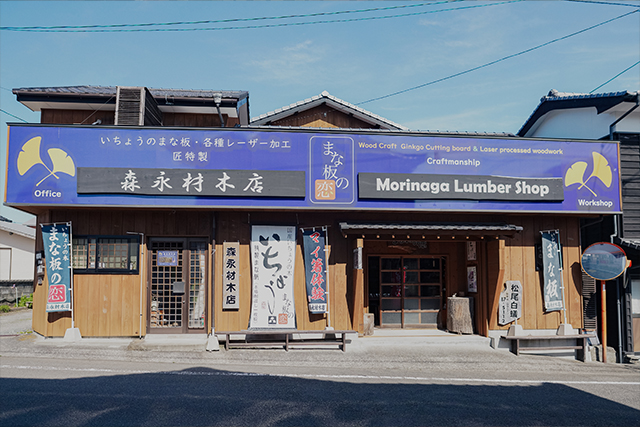
Ariake Town is located in the southeast of Shimabara Peninsula in Nagasaki Prefecture. Morinaga Zaimokuten, located near Ariake Onsen Shrine, one of the four guardian shrines of Kyushu with a history of approximately 1,300 years, produces cutting boards using ginkgo trees grown in Kyushu.
The representative of the company, Keiko Morinaga, and her deputy, Shigeo Morinaga, welcomed us to their workshop, which is lined with solid ginkgo boards. When Keiko’s husband Hayato, the second generation, passed away suddenly, Hayato’s younger brother Shigeo, who had worked as a city hall employee, came to support the family business and switched the main business to “ginkgo wood cutting board making” utilizing his history, knowledge, and experience as a lumber dealer.
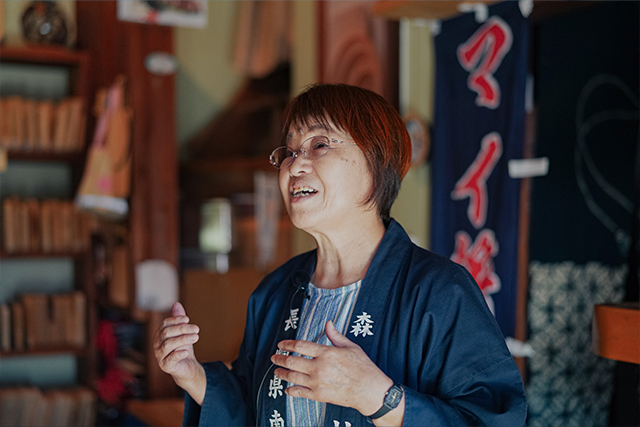
When the company was founded 75 years ago, its main business was construction using traditional methods, but demand declined with the passage of time. After searching for the future of the lumber business, the company decided to start making cutting boards using high-quality ginkgo trees in parallel with its construction business in 1995. Ginkgo is a wood that is not planted on a large scale like cedar and cypress. Good quality ginkgo is only available at limited times, for example, when a sacred tree in the precincts of a shrine has fallen down due to a disaster. My husband, who was a connoisseur of lumber, would gather information on ginkgo trees from markets all over Kyushu and buy them,” says Keiko. All of the ginkgo wood used to make cutting boards today comes from the stock Hayato purchased during his lifetime. Keiko smiles, “It makes me so happy to think that the ginkgo trees that my husband lovingly and carefully stored are now being used in the kitchens of homes.
Features of Morinaga Zaimokuten’s Ginkgo Cutting Boards
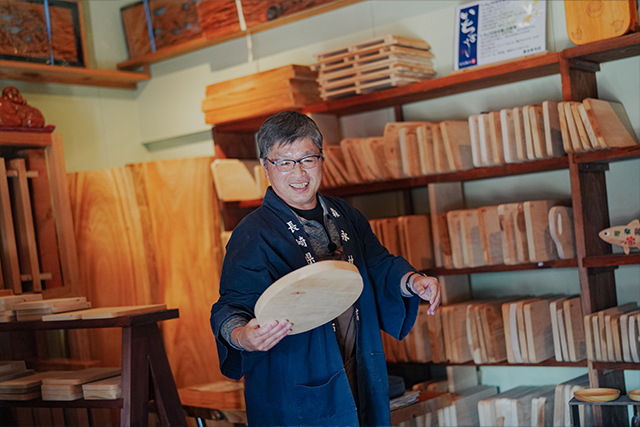
~We want to master beauty over efficiency~.
Morinaga Zaimoku-ten’s cutting boards are made from ginkgo trees cut in the “cold” season, from November to March. It is characterized by its durability, resistance to rot, and lack of ginkgo’s distinctive odor. The logs are first sliced thickly, dried for one and a half years, and then further sliced. The same process is used to thin the logs step by step, and it takes about eight years before they are finally finished as lumber. Because of the time and care that goes into the process, our cutting boards are particularly free of splits, warps, and cracks. They are completely dry and extremely light, and we are also proud of their smooth and beautiful surface. Since they are used in the kitchen every day, we are particular about making products that can be trusted,” says Shigeo.
Product Lineup
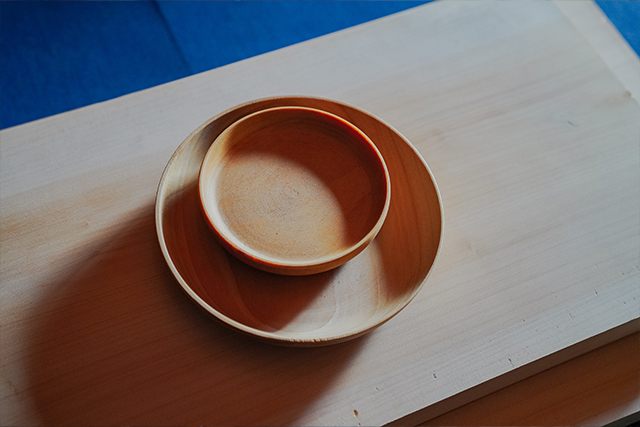
Morinaga Zaimokuten offers a variety of ginkgo chopping boards in different sizes. Each size has a unique name, such as “husband,” “wife,” “eldest daughter,” “eldest son,” and “grandson. All are cut to a thickness of 2.5 cm, making them light yet solid and easy to use. The lineup is appealing, with a variety of sizes to choose from according to the occasion and lifestyle, from “Teishu,” a favorite of many professional cooks, to smaller sizes such as “Chouson,” which is useful for cutting fruits and bread at the dinner table. Sizes can be ordered and original branding can be added. Workshops are also available where customers can “make their own chopsticks” from scraps of ginkgo wood. The company also develops products that take advantage of the texture of wood, such as tables made from a single piece of 100-year-old ginkgo tree, and vessels and stools with beautiful wood grain.
How to care for the wood
Many people are concerned about how to take care of ginkgo chopping boards after purchase, such as how to remove stains from solid wood, how to dry them, and tips on how to use them for a long time. We asked Ms. Keiko how to take good care of it. Before use, wet the entire board with water. This creates a film of water that reduces color and odor transfer. After use, sprinkle salt on the surface, scrub along the grain of the wood with a scrubbing brush, wipe dry, and hang dry in the shade. If salt does not remove the stain, you can use vinegar. When drying, hang it vertically along the grain of the wood”.
If you can no longer cut food properly, it is a sign that the center of the cutting board is worn out. In this case, “re-sharpening” will remove mold and blackening and make the board as good as new. Morinaga Zaimokuten offers free “resharpening” in the hope that you will use your cutting board for a long time. We have many customers who have been using our cutting boards for many years while having them resharpened. We even have young customers who come to us looking for our cutting boards because their mothers used to use them. We feel that our chopping boards are a part of each family’s ‘taste of home,'” Keiko says happily.
Thoughts of Morinaga Zaimokuten
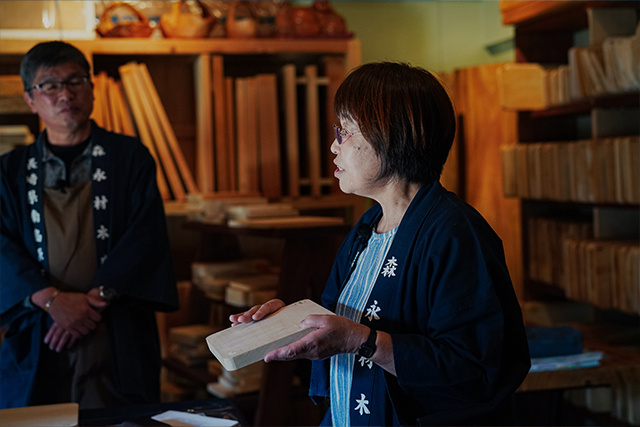
Around here, mothers used to give their daughters a ginkgo wood cutting board as a wedding gift, ” says Keiko. For those who stand in the kitchen every day and prepare meals while praying for the health of the family, a cutting board has always been like a right arm or a partner. I think it would be wonderful if the cutting board could continue to be a part of the sounds coming from the kitchen and the memories of home tastes, even if only a little. Morinaga Zaimokuten’s cutting boards are made of ginkgo, a tree of longevity that is also familiar as a sacred tree, and are finished with time and care. Each piece created by Keiko and Shigeo will be a part of someone’s warm memory today.
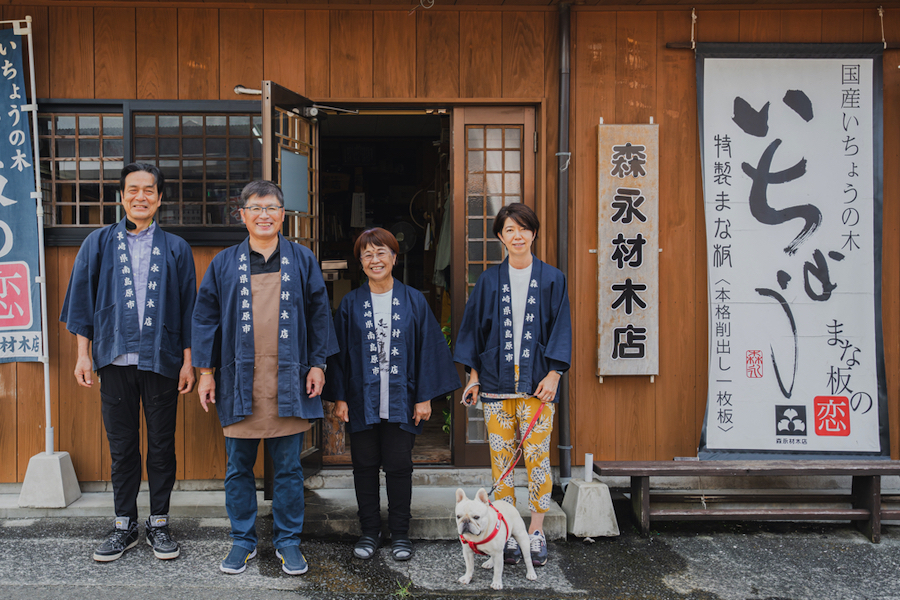
When a dent appears on a cutting board, it is a sign that it has been used for many years. We offer free repair services to those who have carefully used our cutting boards for many years. In order to make products that you will be happy to use, we spend our days working closely with wood. Please be healed by the sound of the cutting board that echoes with the warmth of wood.



